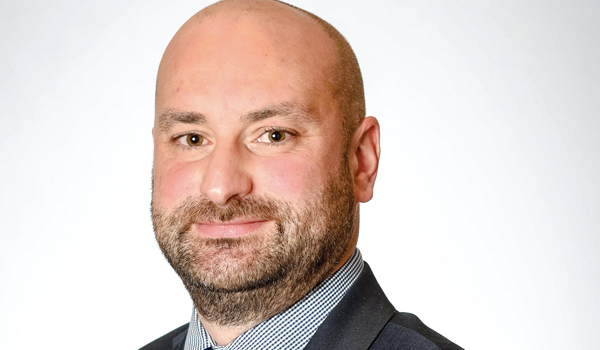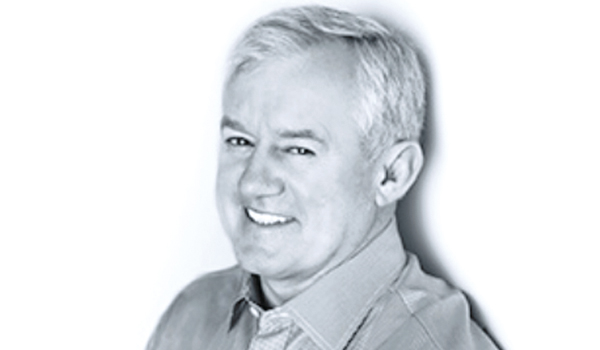TETRA on the move
In the first of a series of features that will look at how technology will impact policing over the next few years, Dave Howell reviews the history of TETRA ten years since its first introduction in Europe and asks what the future holds for the system in the face of competition from other communications channels, and an increased demand for more data intensive applications.

In the first of a series of features that will look at how technology will impact policing over the next few years, Dave Howell reviews the history of TETRA ten years since its first introduction in Europe and asks what the future holds for the system in the face of competition from other communications channels, and an increased demand for more data intensive applications.
Delivering a world-class public service has been the foundation of the emergency services for decades. To do so, policing requires a high level of data interrogation with a communications infrastructure to support this. Six years ago, voice communication was divided across a number of providers with each force procuring their own systems to meet their officers and communities needs. Mobile data access was little more than a dream with systems that could only be accessed from a centralised location, or more often after a complex voice call to a forces command and control centre.
Enter TETRA (TErrestrial Trunked RAdio). With support from the European Commission and the ETSI (European Telecommunications Standards Institute) the TETRA standard was developed to offer a modern digital Private Mobile Radio (PMR) and a Public Access Mobile Radio (PAMR) system aimed specifically at the police, ambulance and fire services, with other organisations such as transport services, factory sites and mining operations as other secondary markets.
Ten years ago, Motorolas signed its first commercial TETRA contract in Norway. The UK adopted the TETRA network in 2000, with PITO signing the Airwave contract with O2 (then BT) on behalf of the Home Office.
TETRA builds on the existing trunked radio system and the development of GSM (Global System for Mobile Communications) with the first draft of the standard becoming available in 1995. The foundation was to offer a series of open standards that independent developers and manufacturers could use to build TETRA compatible devices and services. At the heart of the new standard was the idea of interoperability. Every device or piece of software would seamlessly interface with each other as they all used a common standard.
If you look at the user requirements that were put together at the beginning of the 90s, the user requirements today are the same as they were then, said Phil Kidner, CEO, TETRA Association. TETRA is the only technology that completely fulfils those requirements. If you look at GSM and 3G, they dont meet the requirements of set up times, group calling etc. If you then look at the data rates these have been enhanced in TETRA 2 and meet the requirements of the public safety users today and will meet most of the voice and data requirements into the future.
The main advantages that TETRA offers over the previous analogue systems include a much lower frequency that enables the radio signal to have a much wider coverage. For the police in particular this alone was a major plus as the analogue radio signal often became unusable for beat officers. The reduced number of transmitters also gave a positive cost saving on TETRAs infrastructure set up.
TETRA also enables a one-to-many call to be set up within a fraction of a second. The system also has built-in failsafe modes that allow the user to continue to make a call over the network even if a section of the network is down. There is also a direct mode where handsets can continue with a call as they share a channel directly even if a transmitter is out-of-reach. For forces that operate in mountainous regions, the ability of a TETRA handset to act as a relay station to keep officers connected to the network has proven to be a great bonus. Forces have also benefited from the ability to place a person-to-person call to another handset without involving a control room operator.
The Airwave service is part of the HMG Critical National Infrastructure that is designed to continue working even after a major incident, which would disable traditional landline or mobile communications.



